Cold water immersion (CWI) has recently gained popularity as a means of reducing post-exercise muscle stiffness, lessening fatigue, decreasing exercise-induced muscle damage (EIMD), and facilitating…
READ MORE

Cold water immersion (CWI) has recently gained popularity as a means of reducing post-exercise muscle stiffness, lessening fatigue, decreasing exercise-induced muscle damage (EIMD), and facilitating…
READ MORE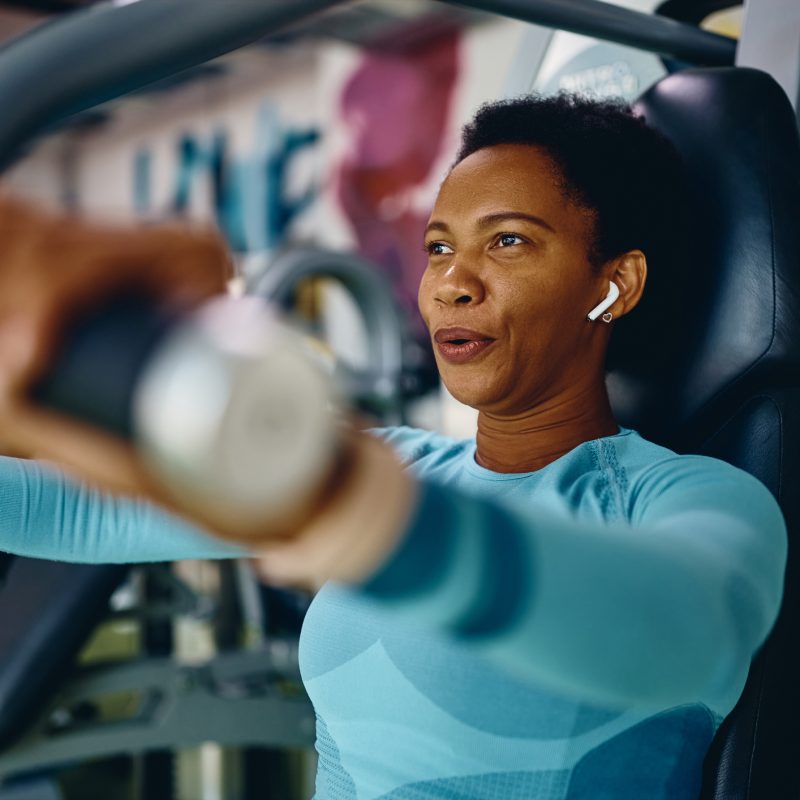
Over the past few years, our fitness industry — and strength training in particular–– has undergone a powerful shift in priorities. Once the sole bailiwick of…
READ MORE
Imagine an intense soccer game: lots of running, kicking, and pivoting, all the typical elements of play, happening at top speed. The muscles taking the…
READ MORE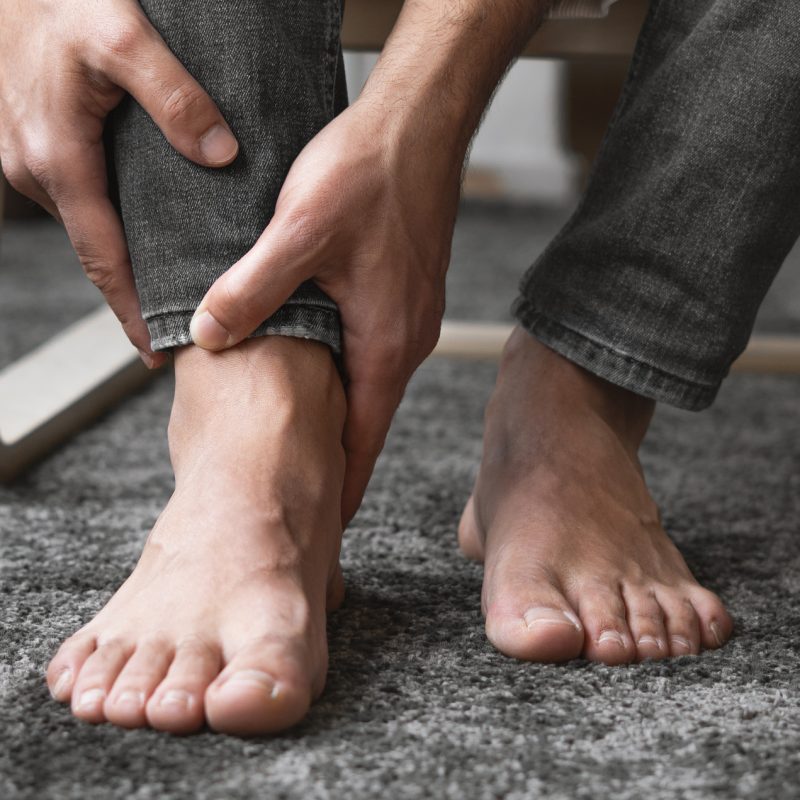
Most of us come into this world with two perfectly healthy feet. We count on these feet to support our bodies through every transition, from…
READ MORE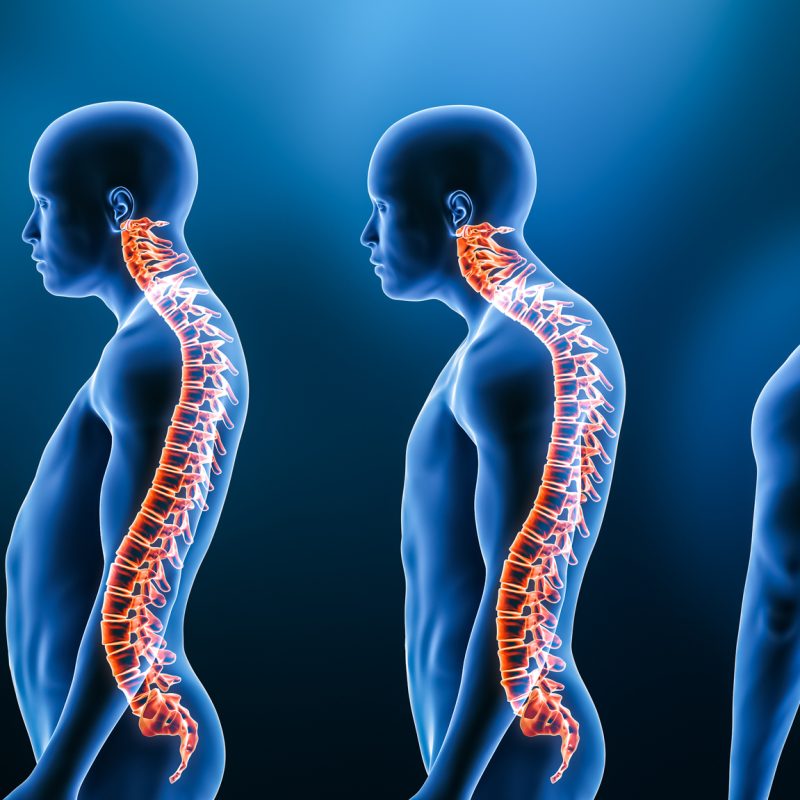
The human spine consists of natural curves, beautifully designed to keep us comfortably upright and maintain proper posture. However, too much curvature can lead to…
READ MORE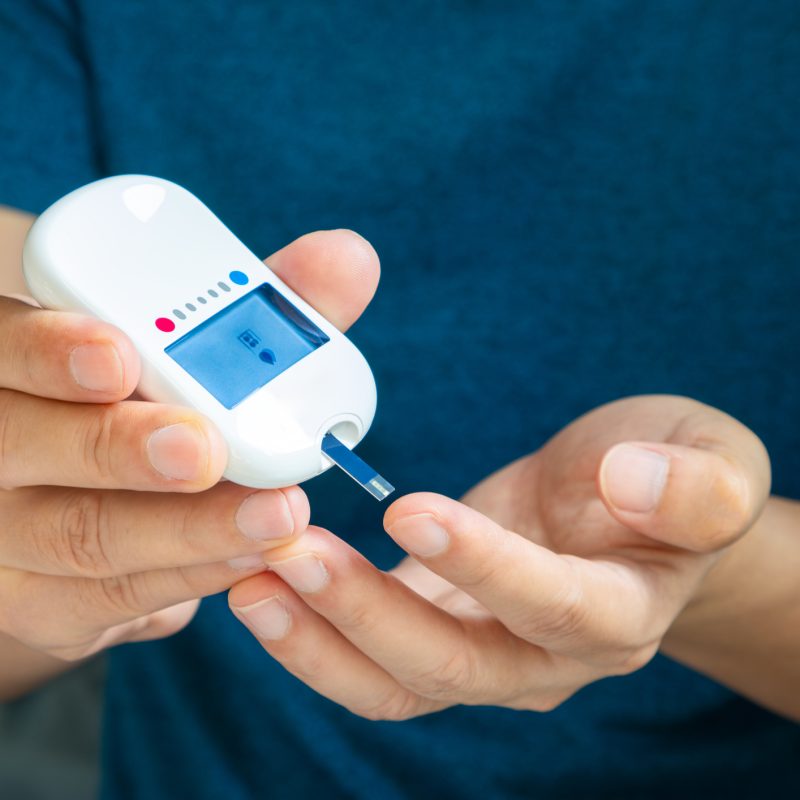
Coaching clients with chronic illnesses requires more than simply writing fitness programs or offering health coaching. It requires a level of dedication that encompasses compassion,…
READ MORE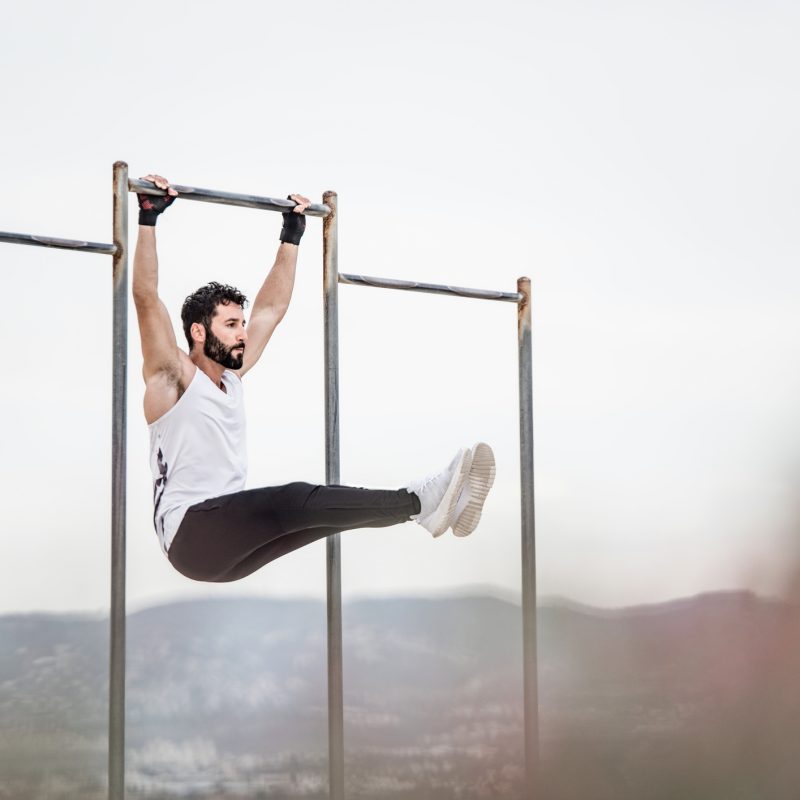
We all know those clients: they insist that only hours of cardio and hundreds of crunches will reward them with crop -top-worthy abs. Perhaps personal…
READ MORE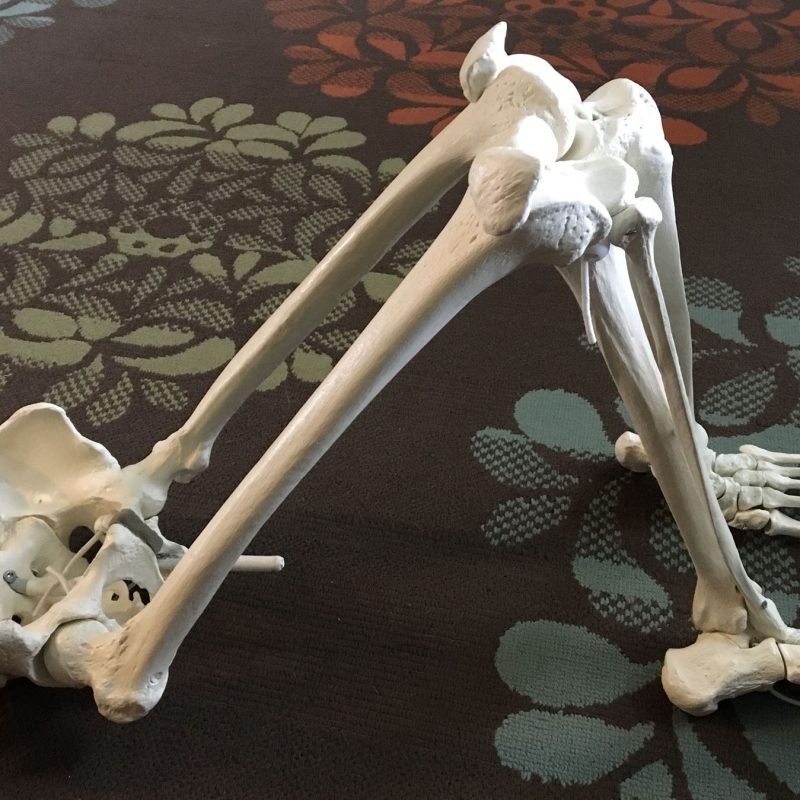
Article compliments of Personal Training on the Net. A recent post on my web site forum made me realize that often a short answer to a complicated question doesn’t work. A few of my readers seemed to think that all of the recent talk about a weak psoas muscle or an under-active psoas muscle might just be people being trendy. I strongly disagree.
READ MORE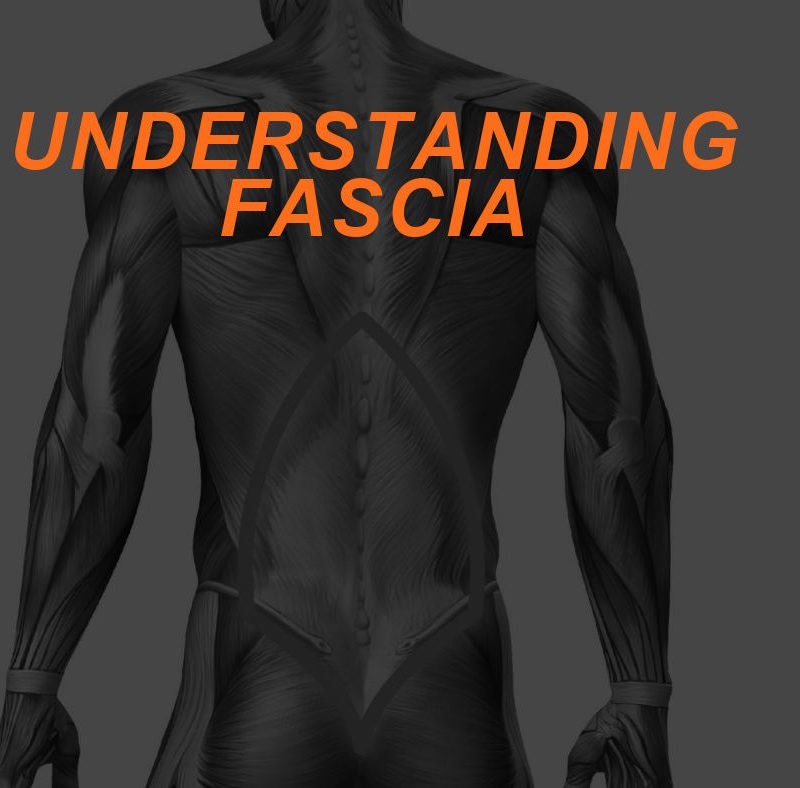
The human body is a dynamic machine. We have been designed and created to move,react, create force, withstand being pulled, twisted, and undergo various stressors. However, when the human body exceeds a certain threshold, something gives way. This being connective tissue, ligaments, tendons and muscles. Making one thing inevitable, breakdown or injury. One important contractile element that places an essential role in withstanding stressors and provides static and dynamic support is called fascia.
READ MORE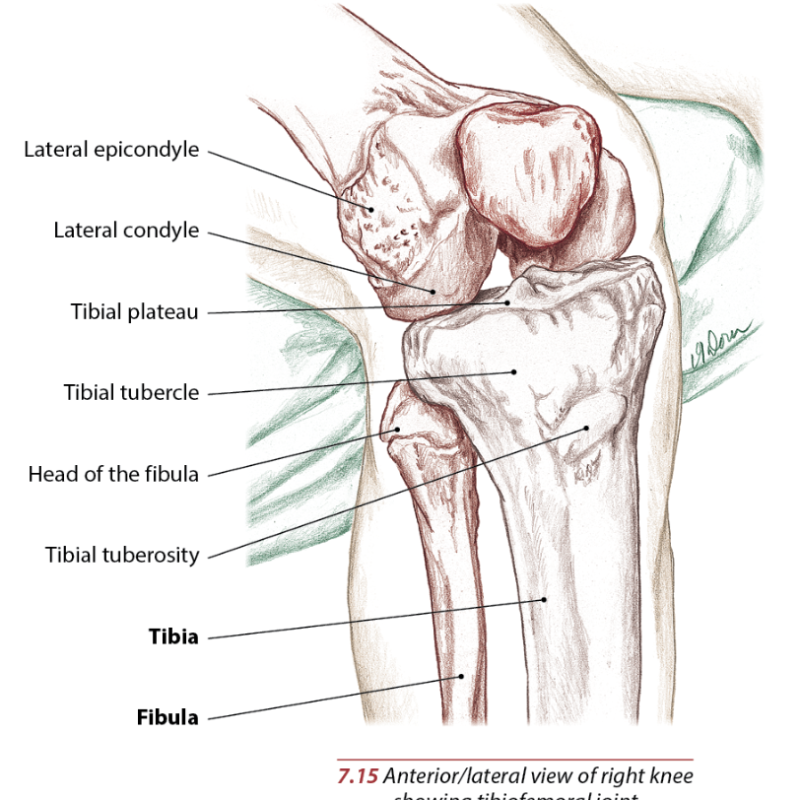
For decades the leg extension, squat, leg press and lunge have all been used by general fitness clients, rehab patients and elite athletes alike without much on the side of specific research to help the fitness coach in determining which exercise to use or recommend for a specific goal or need. To understand the concepts and summaries of this article let’s start by taking an in-depth look at the internal components of the knee.
READ MORE
As fitness professionals, we often hear complaints from clients about various muscle aches following tough workouts. Typically we can dispel their fears by explaining the…
READ MORE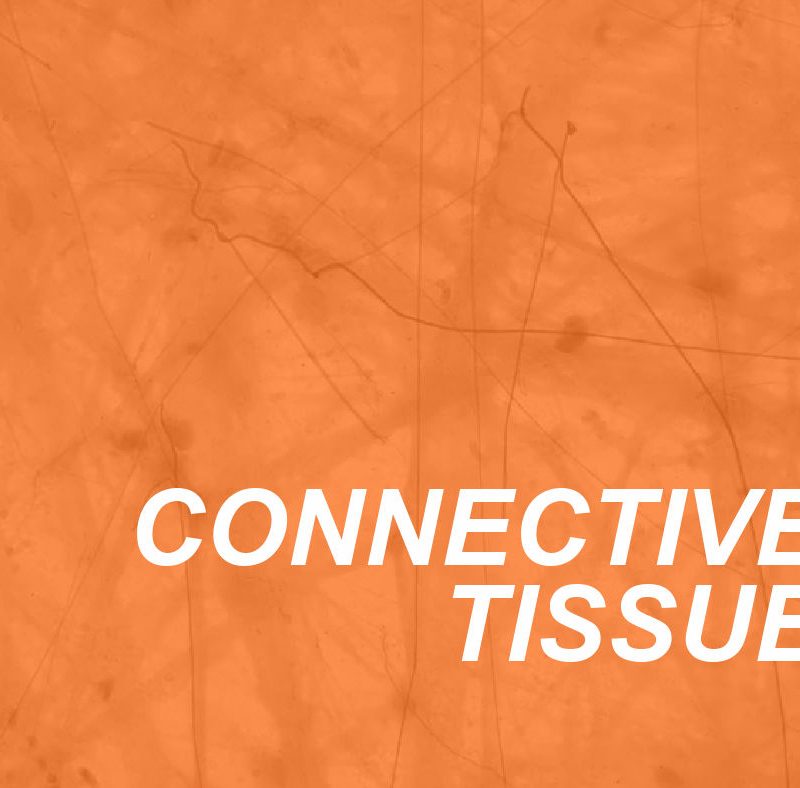
Connective tissue is the most widespread and abundant type of tissue in the human body. Connective tissue that is well vascularized is far less likely to tear or rupture under extreme stress – a desirable characteristic when performing any kind of physical activity.
READ MORE